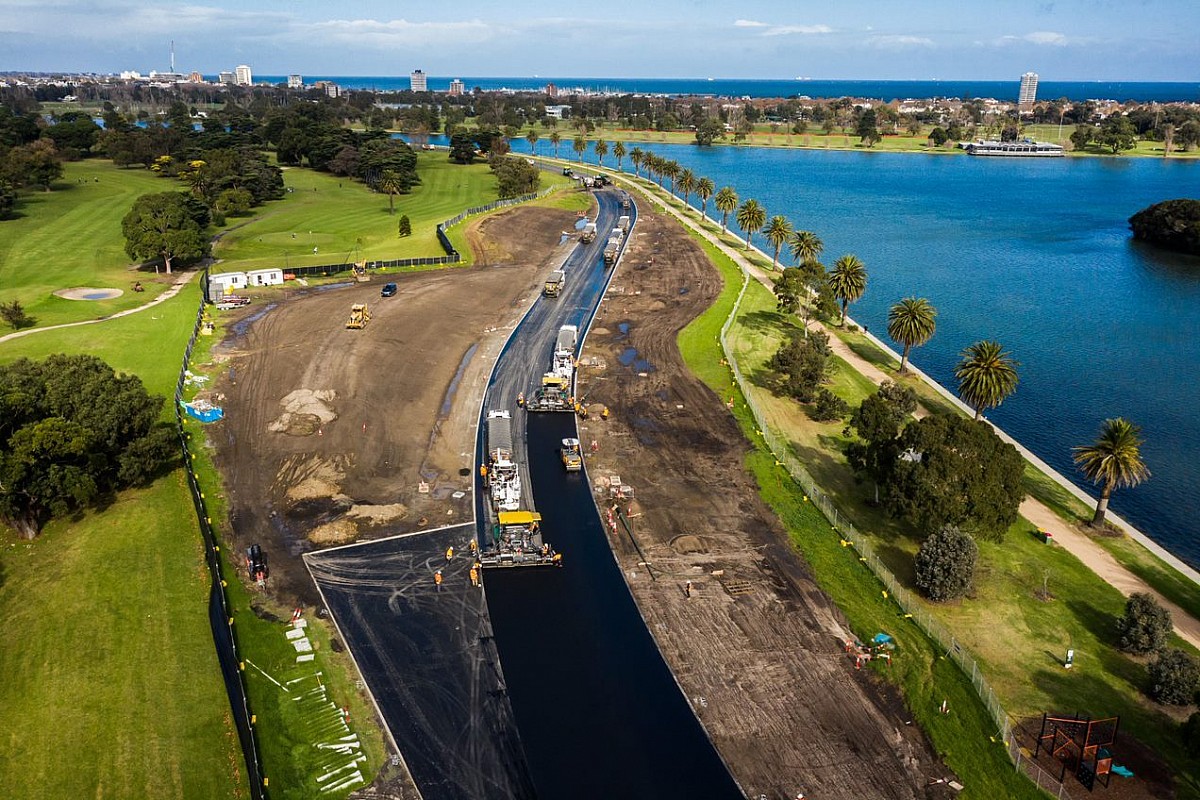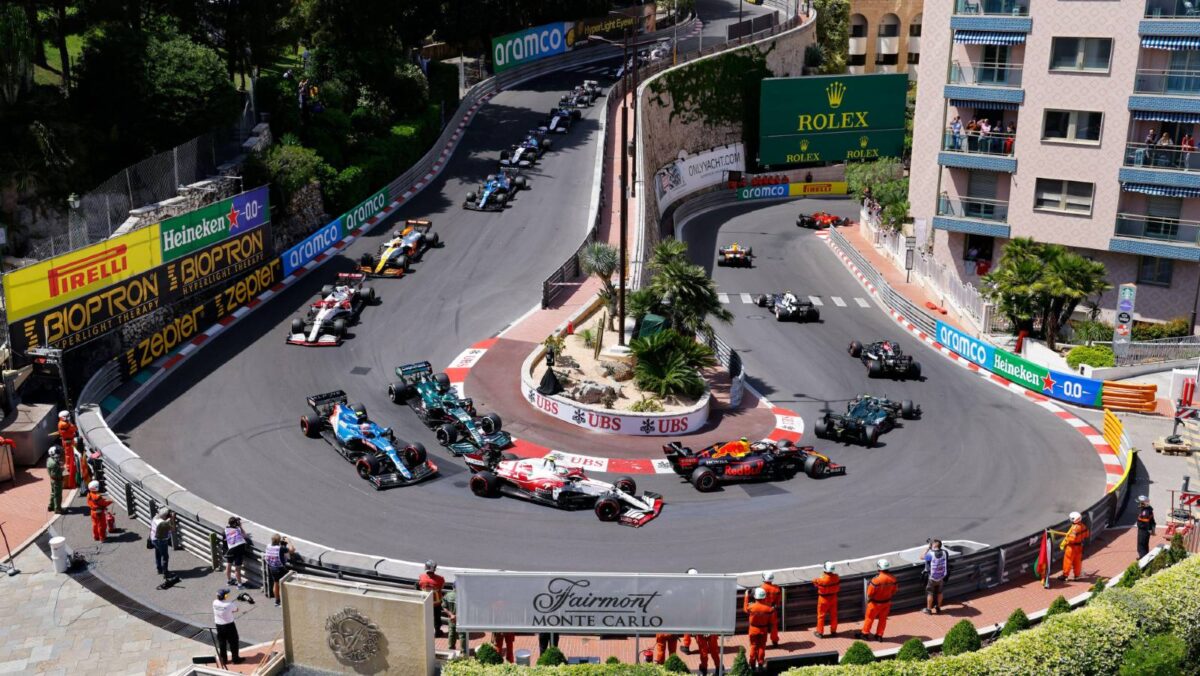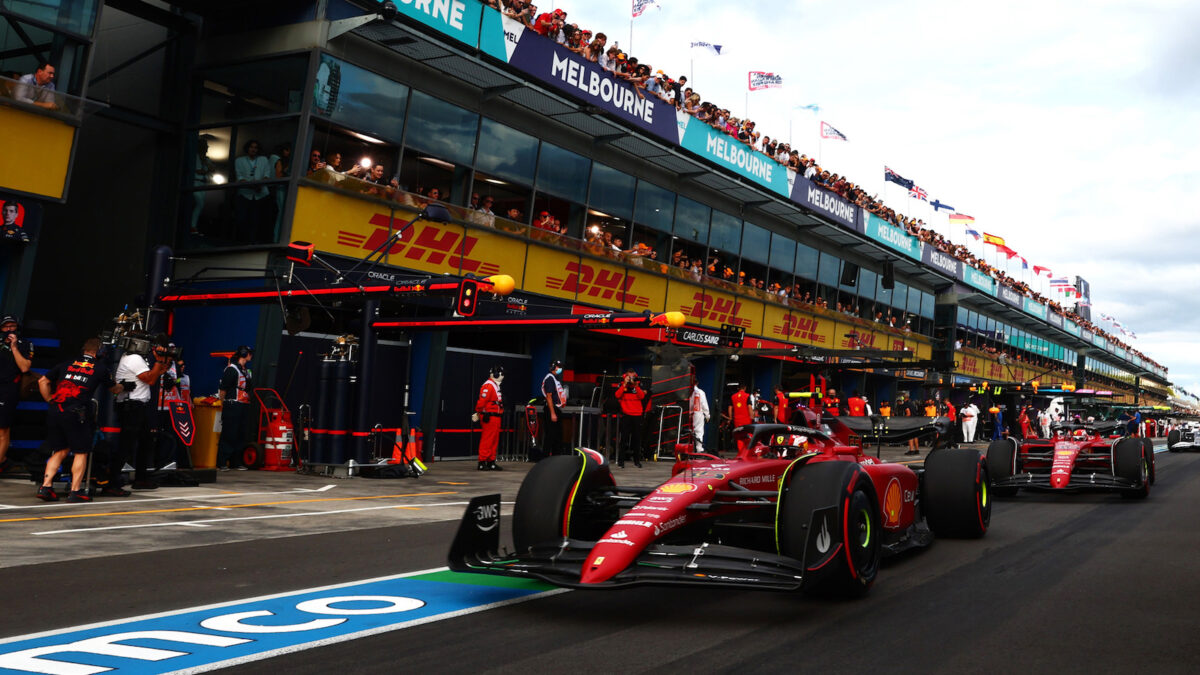As Lewis Hamilton has famously put it, “cash is king” in Formula 1. The world’s most popular motorsport is a notoriously expensive sport to partake in, whether as a driver, team or fan.
Ahead of this year’s Australian Grand Prix in Melbourne, New South Wales Premier Dominic Perrottet revealed his desire to poach the race and bring it to Sydney when F1’s contract with Melbourne’s Albert Park circuit expires in 2025 – a revelation that’s generated a lot of controversy. (The Australian Grand Prix was previously hosted in Adelaide from 1985 to 1995).
While many Sydneysiders would love to have an F1 race in the Harbour City, others have questioned the economics of such a decision. Which begs the question: how much does it actually cost to run a Formula 1 Grand Prix?
First of all, you need to build a circuit, which isn’t cheap. As WTF1 explains, “just to build a permanent track totals over US$270m, whilst [Abu Dhabi’s] Yas Marina Circuit complex cost an eye-watering >$1bn!”
“This doesn’t include all the extra fees, such as FIA circuit inspections and paperwork to be given the FIA Grade 1 licence to host the race in the first place.”
That’s another good point: not just any race track can host an F1 Grand Prix. They need to be FIA Grade 1 certified, which means they need to fit a pretty stiff set of criteria, mostly around safety measures. Currently, Albert Park is the only FIA Grade 1 track in Oceania, and there are only 40 Grade One circuits in the world.

WTF1 also explains that street circuits can even be more expensive than permanent tracks that already exist, pointing to how Albert Park requires grandstands to be pulled up and down every year, as well as yearly road upgrades.
Hosting fees are also rather expensive and can also vary wildly, with older circuits like Monaco or Silverstone typically paying far less than modern additions like Baku or Jeddah, who have to stump up more cash to ‘fight’ to be on the calendar. F1 itself is a ruthless business and these hosting fees are one of the main ways the business makes money.
RELATED: Formula 1 Announces 2022 Russian Grand Prix Boycott
Then you’ve got other considerations like staffing, marketing, insurance… All in all, it’s not cheap.
While the total cost of hosting an F1 Grand Prix is a closely guarded secret, according to Fox Sports, the Australian Grand Prix costs Melbourne $30 million to stage each year – with some of that cost borne by the public purse. If that seems like a lot, Forbes suggests that over a decade, the cost of hosting an F1 race can be over $1 billion.
So running an F1 race must make you a lot of money, right? Well, it’s not that straightforward.

As a contributor to Reddit’s /r/formula1 explains, “usually venues actually lose money. Typically governments will step in with subsidies to help pay a portion of the fee to F1. For governments, they can do this for multiple reasons.”
“First is tourism revenue. They think that the tourists that come for [the] race weekend and the tax revenue from that will outweigh the cost of the subsidy. The second is advertising. Similar to point one, the race is a big advertisement for the city itself for tourism. Abu Dhabi is a great example. The race track itself is a winding road around Yas Marina showing off how cool the island is and how glamourous it is.”
“Third is prestige. There is a prestige factor to being a city known for hosting F1.” That last point is particularly pertinent: it’s why countries with poor international reputations like China and Saudi Arabia have been so keen to host F1 races.
RELATED: Lewis Hamilton’s Opinion On Racing In Saudi Arabia Sparks Debate
In summary: it costs a lot to run and host a Formula 1 race, but most countries/hosts definitely think it’s worth it – that’s why 2022 has a record-breaking 23 races on the calendar. Which is good for the fans, really. More races mean more fun…
Read Next
